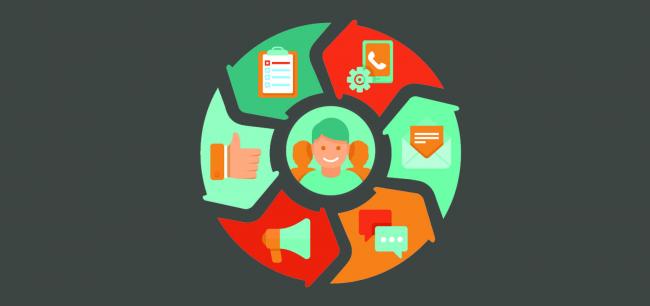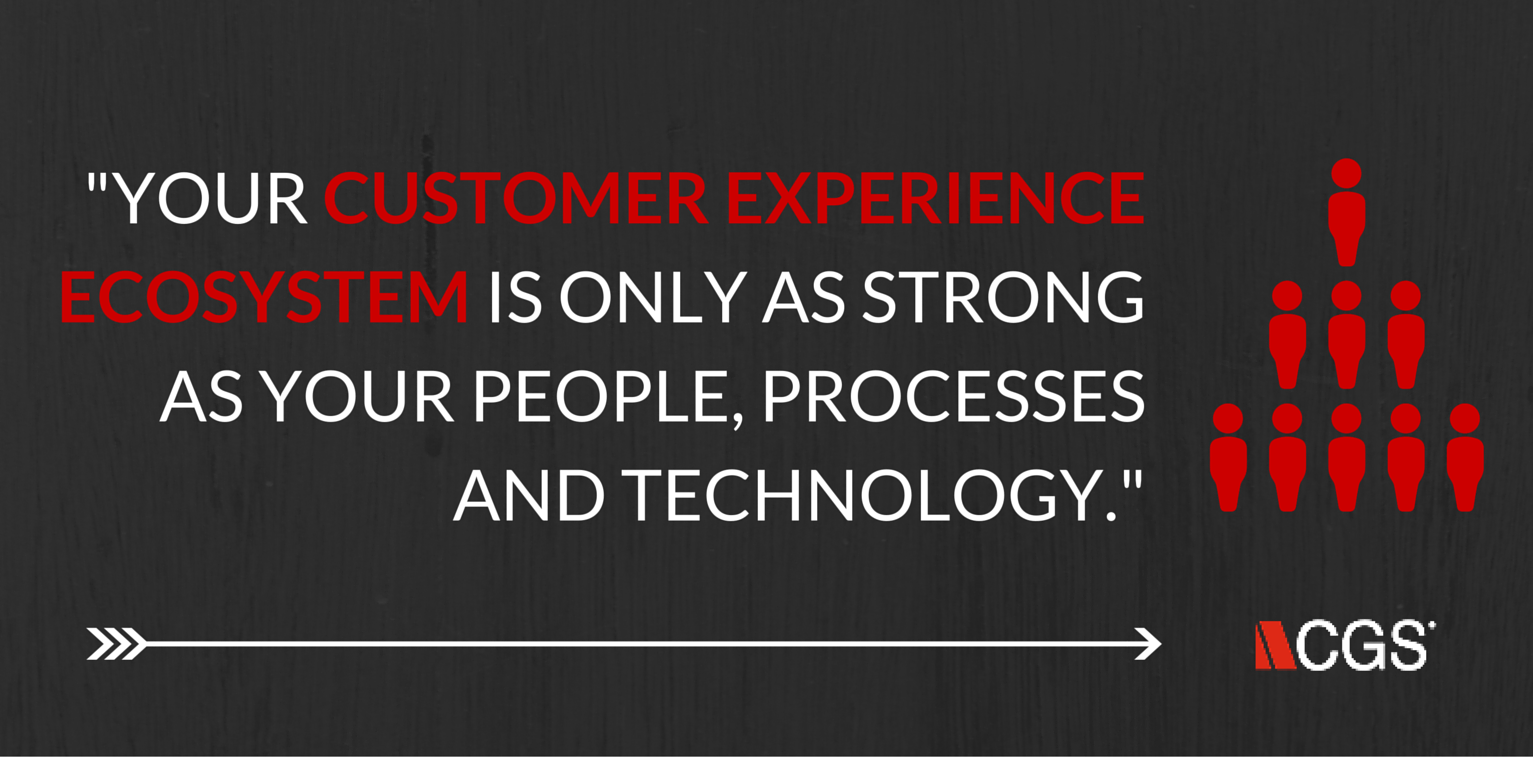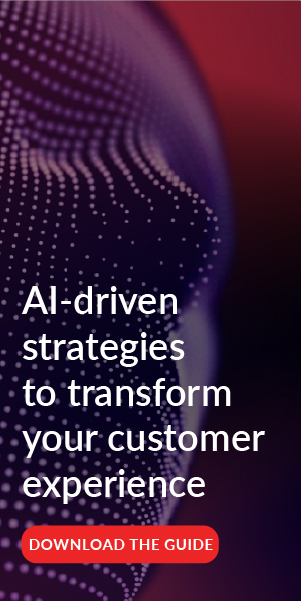Topics
3 Essential Components of a Successful Customer Experience Ecosystem

Customer experience is going through some growing pains. Between television, print, Facebook, Twitter, corporate sites, mobile apps, phone and email, you're juggling at least eight different channels, all while the Internet has made consumers very picky with the quality of the experience that you offer. All of that and more is likely putting pressure directly on your organization's structure and processes, especially since yesterday's strategies don't seamlessly carry over to the 21st century.
Think about it. The chief operations officer is just one of the many roles that has had to accept new responsibilities just to maintain pace in the digital era.

The digital transformation of the customer experience shouldn't be seen as a problem, however, as long as you have confidence that your ecosystem is as strong as possible - it will be the foundation for your company's success in the digital era. But that ecosystem doesn't live in a vacuum: It's influenced by your people, processes and technology.
Let's take a look at what an ideal customer experience ecosystem looks like with respect to those people, processes and technology.
People
The people within your customer experience ecosystem have a direct influence on the quality of outcomes that you provide, and therefore, you must have the best talent in place. According to a survey conducted by the Harvard Business Review, 80 percent of businesses considered to be on the "leading-edge" of customer experience excellence reported that they have the "right organization and skills for systematic customer experience management."
To get to that level, you must create a culture and structure your operations to ensure your teams are dedicated to providing your consumers with the best experiences possible. You should have a department willing to participate in the customer experience, and that often entails finding people who care about providing great service.
.png)
If you're not sure if you have the people that you need, you can always turn to outsourcing services. Not only do outsourcing partners already have a culture of customer experience and service, but an outsourced contact center solution can allow you to provide better customer experiences on certain channels, such as Web chat and phone. This allows your organization to focus on optimizing other consumer touchpoints - for example, it might prove worthwhile to internally investigate the value of innovative channels such as virtual reality, while an external team handles more-established avenues like Twitter.
Whether your people are internal or not, a corporate customer service culture is required: Your teams must be committed to great service.
Processes
When it comes to developing the processes for providing an optimized customer experience, there are a lot of moving parts and specific considerations for each industry. Perhaps that's why 52 percent of business leaders told Harvard Business Review that their organizations "lack the processes to support their customer experience programs."
Because every sales funnel is different, you should begin process optimization by mapping the journey of your consumers through your customer experience ecosystem from the perspective of those clients. From there, you should have a better understanding of where new or better processes are required, and you can begin working on solving major pain points and issues with a fresh set of procedures.

Are you optimizing the way that you manage social channels?
For example, if your customers want answers quickly but your current operations don't function that way, you should refine the response process or implement new ones, such as using Twitter. Or in the instance of tech support, maybe it's necessary to communicate with customers in their native languages as well as provide customer service in a way that aligns with your consumers' culture and customs, since many tech companies serve global markets, IT Business Edge pointed out.
Technology
The last piece of the customer service ecosystem puzzle lies in technology. TJ Keitt of Forrester explained why tech is so important.
"Your employees' and partners' ability to serve customers is only as strong as the technology they depend on to learn about and connect with your customers," Keitt wrote. "So as you think about redefining customer experiences and restructuring your organization and partnerships to deliver these experiences, know that you can't make these transformations without ensuring your technology can support these changes."
Bringing it together
Your people, processes and technologies form the foundation of the customer experience ecosystem, and if any of them are lacking, so too will those experiences. But beyond that, they must work in harmony, supporting each other and driving better outcomes: A culture of customer experience inspires your internal people and external representatives to use customer experience technology, thereby actively improving customer support processes and resulting in higher rates of satisfaction.
Of course, recognizing this is only the beginning. It's up to you as a leader to institute change and improve your operations, and given the speed of innovation, it's better to start that processes sooner rather than later.

